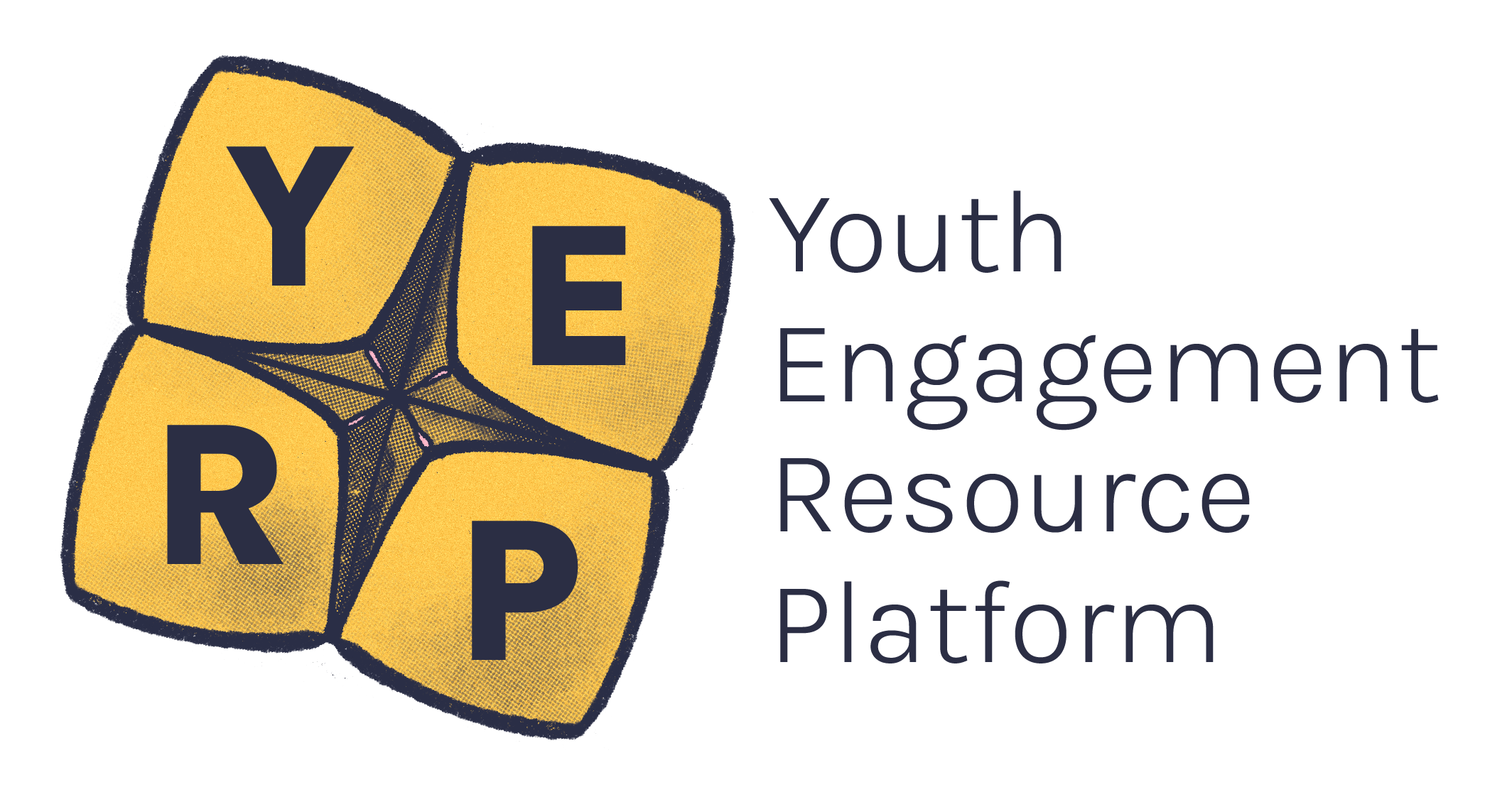Many people are concerned by the ongoing media reporting and political commentary about youth crime.
YACVic supports the Centre for Multicultural Youth’s call for a rational, coordinated approach to the issue, which brings together Victoria Police, the Victorian Government and refugee and migrant communities to rehabilitate young people who have committed crimes and prevent others from offending in the future.
We also know Victoria’s youth workers will play vital roles in responding to concerns and changing the wider story.
With everything going on at the moment, if you’re a youth worker you may be feeling under pressure to find an instant “fix” to the complex problem of youth crime. You might also be working with young people who may or may not have direct experience of the issue, or who have opinions on the topic that are heavily influenced by media reporting. While this is challenging, youth workers are in a great position to lead productive conversations with young people, and across their communities, about difficult topics like crime, safety and racism.
Here are five things youth workers can do right away.
1. Understand the evidence
Being on top of the facts is one of the first steps in challenging public discourse. When it comes to youth crime in Victoria, here’s a few to get you started:
- The number of individual young people aged under 18 recorded for a criminal offence has dropped significantly in Victoria over the past decade.
- The number of first-time young offenders recorded for any type of offence has fallen over the past five years.
- More than 88% of young offenders aged under 18 are considered to be "low" offending and not a major risk.
- There are a very small number of young people who are committing serious offences, but while Victoria Police have described the incidents as "street gang behaviour", the force does not consider it offending by "structured, organised gangs".
- Often, the best way to prevent young people from reoffending is to divert them away from the justice system. For example, young offenders under 18 who receive a caution from police are less likely to reoffend than those who are charged.
Use evidence like this to help you correct misinformation in your community.
For more insights into the realities of youth crime in Victoria, check out our “Youth Offending – Know the facts” factsheet – one of our most popular resources of 2017.

2. Read the news critically
Think about how different news sources might report the same story in different ways, and encourage young people to do the same.
Why do crimes that are similar often receive different media coverage? Consider how the intensity of the 24/7 social media news cycle can heighten people’s anxiety and fear, and use your skills and expertise to take some of the heat out of these perspectives for young people.
Pay particular attention to how language and framing is used in crime reporting, especially around race. Check out this fantastic article from the Police Accountability Project, ‘10 things you need to understand about crime reporting in 2018’.
3. Look beyond the mainstream media
There are some incredible Victorian communities and organisations proactively combating youth crime. It’s important to learn about their work and hear their responses to the recent commentary.
Seek out views from people with lived experience of the issues and/or from communities most affected, and amplify them on social media.
Also, check out Victorian youth and community sector perspectives, provided by Carmel Guerra, CEO of the Centre for Multicultural Youth (CMY), Youthlaw, the Victorian Council of Social Service, and the Police Accountability Project. We too have released a firm stance on the issue.
Good youth work is always community-based. If you’re not already involved with certain cultural communities in your area, talk with your colleagues about the best way to connect with them. This list of African-Australian community organisations in Victoria may be of use.
Have a think about your own networks, too. Are there any individuals or groups you know who could shed some new light on the conversation?
4. Practice ethical youth work
Reflecting on, and taking steps to understand, young people’s social context is an important part of youth work. As an ethical youth worker, you recognise the impact of social and structural forces on young people, and use anti-oppressive, non-discriminatory thinking and practice. Your ethical youth work helps address economic, social and cultural inequities, promotes just and fair behaviour, and challenges and opposes prejudice and discrimination.
Think about how crime reporting affects young people. CMY has described how young people from migrant and refugee backgrounds can feel rejected and frustrated by portrayals of youth crime, finding their positive achievements ignored and feeling blamed for the behaviour of others. Some young people internalise stigma and feel encouraged to offend, believing this is expected of them.
In your conversations with young people, and others, discuss the potential effects on the young people involved, and the wider community.
It’s also important to reflect on how incessant media ‘hype’ might serve to make crime seem glamorous, powerful and appealing to young people who may be immature and struggling with unemployment, poverty and a sense of being ‘left out’. Pay attention to the themes coming out of your discussions with young people.
5. Promote the good news stories!
Youth workers help to deliver great results for young people, including young people who’ve been involved in crime in the past. Sharing positive stories can be a powerful way of encouraging community cohesion and hope.
As youth workers, you are the experts when it comes to your local community, but here’s some broader examples of some good news stories you could share with your networks:
- CMY's Shout Out program, which supports young people from migrant and refugee backgrounds to share their amazing stories with a wider audience.
- The New Change arts initiative started by South Sudanese young women to tell their powerful stories – and total hit at the recent YACVic conference!
- Jesuit Social Services’ research into successful approaches to youth justice overseas.
- The Education Justice Initiative’s findings on how to get young offenders back to school.
- Smart Justice for Young People’s case studies of “justice reinvestment”, where funding is directed away from prisons and towards community-based initiatives to address the causes of crime.
Youth workers know that big, positive changes are mostly the result of a bunch of small, considered ones. We hope these few can be those for you.
If you have any more ideas about how to better support young people during this time, we’d love to hear from you.




